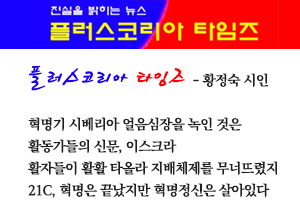'무직사회에 익숙해 가는 한국 청년들', 동아시아포럼
현실과 동떨어진 정부의 경기부양책으로, 청년층 취업 경쟁에 내몰려
'무직사회에 익숙해 가는 한국 청년들', 동아시아포럼현실과 동떨어진 정부의 경기부양책으로, 청년층 취업 경쟁에 내몰려
지난 11일 동아시아포럼은 한국 내 청년 실업자가 41만 명으로 전년대비 8만 명이 증가한 사실을 강조하며 점점 악화되고 있는 한국 내 실업문제에 대해 대안제시형 분석자료를 내놨다.
1997년 발생한 금융위기 기간 동안 한국의 재벌(가족중심대기업)들은 비정규직 및 계약직 노동자층을 생성했고, 이로 인해 젊은 세대는 고용 불안과 높은 실업률 속에 살게 됐으며, ‘7포 세대’라는 신문화를 만들었다고 보도했다.
‘7포 세대’는 사랑, 결혼, 출산, 대인관계, 내 집 마련, 꿈과 희망 등 7가지를 포기하는 세대로, 남성청년층은 결혼과 꿈을 여성청년층은 결혼과 육아를 포기했으며 한국 노동자 대부분은 자신들이 정부와 기업으로부터 버림받았다고 느낀다고 보도했다.
포럼은 또 58%가 넘는 청년실업자 중 실재 취업에 도전하는 비율은 지속적으로 감소하고 있으며 이들 취업 준비생들은 한정된 정규직 직장에 취업하기 위해 경쟁을 벌이고 있다 보니 막상 직원이 필요한 중소기업에서는 부족한 인력난의 대안으로 이주노동자를 더 많이 채용하고 있는 현실에 집중했다.
포럼에 따르면, 박근혜 정부는 청년 실업문제를 해결하기 위해 노동시장개혁을 대안으로 제시하고, 그 일환으로 노사정 합의를 도출하고 임금피크제를 도입, 최저임금 인상 등 다양한 노력을 기울이는 동시에 대기업 대표와의 만남, 최태원 SK사장 사면 등의 당근 정책을 통해 대기업들의 일자리창출 유도 등의 경기부양책을 시도하고 있다.
하지만 포럼은 이러한 노력에도 불구하고 박근혜 정부의 정책을 무능하다고 평가하며 박근혜 정부의 경제부양정책에 필요한 대안을 제시하고 있다.
다음은 뉴스프로가 번역한 동아시아포럼의 기사 전문이다. 번역 감수: 임옥 기사 바로가기 ☞ http://bit.ly/1KQiKMG South Korea’s generation of discontent 불만에 찬 한국의 젊은 세대 11 September 2015 Author: Hyung-a Kim, ANU
In South Korea 410,000 young people in their 20s are looking for work and unemployed. This is up from 330,000 in 2013 and is a 15-year high. But this deepening societal crisis should come as little surprise. 한국 20대 중 41만 명이 실업자로서 직장을 찾고 있다. 이는 2013년의 33만 명에서 증가한 것이고 지난 15년에 걸쳐 최고의 숫자이다. 하지만 이 점점 악화되는 사회적 위기는 별로 놀랄 일은 아니다.
Following the Asian financial crisis of 1997–98, the IMF bailout package called for the restructuring of South Korea’s economy on top of that ongoing throughout the 1990s. An entirely new generation of irregular or contract workers emerged in the pursuit of a more flexible labour market by both the government and family-owned conglomerates — known as chaebol. While South Korea’s chaebol have recovered nicely from the crisis, high unemployment or unstable employment have been the outcome for its young people, to the extent that they are known in South Korean society today as the ‘seven-give-up generation’. The seven give-ups include love, marriage, childbirth, human relations, home ownership, personal dreams and hope. 1997-98의 아시아 금융위기 이후 IMF 구제금융 정책은 한국의 경제에 대해 이미 90년대에 행해지고 있던 구조개혁보다 더 큰 규모의 구조조정을 요구했다. 더욱 유동적인 노동시장을 추구하기 위한 정부, 그리고 재벌이라 알려진 가족 경영 체제 대기업들의 노력으로 완전히 새로운 비정규직 혹은 계약직 노동자층이 생성됐다. 한국의 재벌 층은 경제위기로부터 잘 회복한 반면, 그 산물로써 젊은 세대는 높은 실업률이나 고용의 불안정을 겪게 됐고 급기야 이들은 오늘날 한국 사회에서 ‘7포 세대’로 알려지게 됐다. 포기해야 할 7가지는 사랑, 결혼, 출산, 대인관계, 내 집 마련, 꿈과 희망이다.
Of the seven give-ups, young men in their 20s and 30s, according to a recent survey by the Chung-Ang Ilbo newspaper, have mostly given up on marriage and dreams. Young women have chosen to give up childbirth and marriage. South Korean workers in general feel that they have been abandoned by both their government and corporations. 중앙일보가 최근 행한 설문조사에 의하면 이 ‘7가지 포기 항목’ 중 이삼십대 젊은 남성들은 대부분 결혼과 꿈을 포기했다. 젊은 여성들은 출산과 결혼을 포기했다. 한국 노동자 대부분은 자신들이 정부와 기업으로부터 버림받았다고 느낀다.
As elsewhere, participation in employment, education or training is important for South Korea’s youth to establish themselves in the labour market and achieve self-sufficiency. To a large degree, South Korea’s youth unemployment problem is disguised by a relatively low labour force participation rate of only 46 per cent for young people aged 15–29, with only 41.7 per cent actually employed. More bluntly put, South Korea’s overall unemployment figure of 9.9 per cent grossly understates youth unemployment and underemployment because over 58 per cent of South Korea’s population aged 15–29 are without paid employment. 다른 곳과 마찬가지로, 노동시장에서 자신들의 입지를 다지고 자립하기 위해 취업과 교육, 혹은 직업 훈련에 참여하는 것은 한국 청년들에게 있어 중요하다. 그러나 한국의 청년 실업 문제는, 15세에서 29세까지의 청년층에서 경제활동참가율이 상대적으로 낮은 46%에 불과하고, 그중 실제 고용률은 41.7%라는 사실로 인해 상당 부분 감추어져 있다. 더 직설적으로 말하자면, 15세부터 29세까지의 청년 중 유급직이 아닌 사람의 비율이 58%가 넘기 때문에 한국의 전체 청년 실업률이 9.9%라는 것은 청년 실업과 불완전 고용을 극도로 축소해서 말하는 것이다.
On average it takes young people 11 months to get their first job. The average employment period for first jobs is only 14.6 months. People not in paid employment focus on vocational training and preparation for employment exams (33.2 per ce nt), or take up child care and housework (19.8 per cent), or simply ‘kill time’ (18.7 per cent). Actual job seeking by those not in paid employment has decreased to 13 per cent. To postpone the inevitable, many South Korean students simply stay on at school because they can’t find a job. In this context, many well-educated young South Koreans compete for a limited number of prestigious full-time jobs, rather than apply for less-desirable employment options. 평균적으로 청년들이 첫 직장을 잡는 데는 11개월이 소요된다. 그러나 첫 직장에서의 평균 근속 기간은 고작 14.6개월에 지나지 않는다. 급여를 받는 직업을 가지지 못한 사람들은 직업 훈련과 취업 시험 대비에 매달리거나(33.2%) 육아와 가사를 돌보거나 (19.8%) 또는 단순히 ‘시간을 때우고’ 있다(18.7%). 이러한 유급직이 아닌 사람 중 실제로 취업하고자 하는 사람의 수는 13%로 감소했다. 불가피한 현실을 뒤로 미루기 위해, 취업을 못 하는 다수의 한국 학생들은 그냥 학교에 남는다. 이와 비슷한 맥락으로 많은 젊은 고학력자들은 자신들이 원하는 것보다 조금 덜한 직장에 지원하기보다 한정된 수의 유망한 정규직을 놓고 경쟁한다.
And yet, many small and medium-sized enterprises (SMEs) suffer from chronic shortages of labour power, as most college students shun low-paying and physically challenging work in the hope of securing a better job. SMEs are forced to compete to hire more immigrant workers, whose numbers and period of stay are limited by government regulations. Under current labour market conditions, this job mismatch is unlikely to be resolved soon. 한편 대다수 중소기업들은 대학생 대부분이 더 나은 직장을 잡을 것이라는 희망 속에서 낮은 임금과 육체적으로 힘든 일을 꺼리는 가운데 만성적인 노동력 부족에 시달린다. 중소기업들은 정부의 규제로 그 인원과 체류 기간이 한정된 이주 노동자들의 채용을 더욱 늘릴 수밖에 없다. 현 노동시장의 조건 아래에서 이 일자리의 부조화는 금방 해결될 것 같지 않다.
President Park Geun-hye’s administration has attempted over several years to push ahead with a plan to increase the overall employment rate to 70 per cent by 2017. Eager to revive the South Korean economy, hard-hit by the recent MERS outbreak, Park has called for labour market reform to create more jobs, especially for young people. She has pushed for a wage peak system that would offer job security to regular workers earning high income, while progressively cutting their wages after they reach a certain age. Park claimed the system was a win–win deal for both older and younger generations. 박근혜 정부는 2017년까지 전체 취업률을 70%로 증가시킬 계획을 지난 몇 년간 추진해왔다. 한국 경제가 회복되길 갈망하며, 그리고 최근 메르스 발생으로 타격을 받은 가운데 박근혜는 특히 청년들을 위해 더 많은 일자리를 창출하기 위해 노동 시장 개혁을 촉구해왔다. 그녀는 고임금을 받는 정규직 노동자들에게 고용 보장을 제공하고, 반면에 그들이 특정 연령에 도달한 후에는 점차적으로 그들의 임금을 줄이는 임금 피크제를 추진해왔다. 박근혜는 그 제도가 젊은 세대와 나이 든 세대 모두에게 이익이 될 것이라고 주장했다.
But the Federation of Korean Trade Unions, one of South Korea’s two major union associations, has boycotted a tripartite forum with its government and employer counterparts since April in opposition to such labour market reforms. Young people in their 20s and 30s seem no less angry, especially about the poor welfare system. 그러나 한국의 두 개의 주요 노조단체 중 하나인 한국노총은 그러한 노동 시장 개혁에 반대하여 4월부터 정부와 고용주와 함께 가지는 3자 간의 노사정 회의를 보이콧 해왔다. 20대와 30대 청년층들은 특히 형편없는 복지 시스템에 대해서도 역시 분노한 듯하다.
Still, during the past three years, the minimum wage under the Park government has increased annually by over 7 per cent, from 4,860 won to 6,030 won (US$5.10) an hour, or 24.1 per cent in total. And it will increase further by 8.1 per cent next year. 그러나 지난 3년 동안 박근혜 정부 하에서 연간 최저임금은 시간당 4,860원에서 6,030원(미화 5.10 달러)으로 7% 이상, 전체로는 24.1% 증가했다. 그리고 최저임금은 내년에 8.1%로 더 오를 것이다.
As part of her plan to resurrect the economy, Park met the heads of 17 chaebol in August to ask their help to solve the country’s worsening youth unemployment crisis. She even released former SK Group chairman Choi Tae-won, who was serving a four-year prison term for embezzlement, from jail. Not surprisingly, SK Group, South Korea’s third-largest conglomerate, recently announced that it would hire 24,000 young people by 2017. 경제를 살릴 계획의 일환으로 박근혜는 악화되고 있는 청년 취업난을 해결하기 위해서 8월에 도움을 요청하고자 17개 재벌 기업의 총수들을 만났다. 그녀는 심지어 횡령죄로 4년간 복역하고 있는 전 SK 그룹의 최태원 회장을 감옥에서 석방했다. 놀랄 것도 없이, 한국에서 3번째로 큰 대기업인 SK 그룹은 2017년까지 24,000명의 청년들을 채용할 것이라고 최근에 발표했다.
Five of the 10 largest chaebol—Samsung, Hyundai Motors, LG, Lotte and Hanwha Group—have also announced plans to recruit young people over four years from 2015, adding in total up to 96,569, new positions, including the above number from the SK Group. But according to the Han’gyoreh newspaper, almost 90,000 of them are ‘internships’ in various forms. Some chaebol have obviously padded their figures by adding small increases to previously planned recruitment numbers. 10대 재벌 중 5개인 삼성, 현대자동차, 엘지, 롯데, 한화그룹은 2015년부터 향후 4년간 앞서 말한 SK 그룹 채용인원을 포함해 최대 96,569명에 이르는 청년들을 고용하겠다는 계획을 발표했다. 그러나 한겨레 신문에 따르면 그들 중 거의 9만 명이 다양한 형태의 ‘인턴들’이다. 몇몇 재벌은 사전에 이미 계획된 채용인원을 약간 늘려 추가함으로써 단순히 수치를 늘렸다.
Despite these policy steps, overall the Park government is seen as incompetent. Some argue that South Korea’s job market should become more flexible in order to absorb more of the young, idle workforce. But they overlook the fact that South Korea’s job security is the worst (and most flexible) among major economies, with an extremely short average work period of 5.6 years per job. 이러한 경기 부양책에도 불구하고 전반적으로 박근혜 정부는 무능한 것으로 간주된다. 일부에서는 한국의 고용시장이 무직의 젊은 층을 더 많이 흡수할 수 있도록 더 유연해져야 한다고 주장한다. 그러나 이들은 주요 경제 선진국 중에 한국의 고용보장은 최악(그리고 가장 유연하다)으로서, 일자리의 평균 근속 기간이 아주 짧은 5.6년이라는 사실을 간과하고 있다.
More drastic fundamental policy change is needed to turn the tide, preceded by a paradigm shift in the government’s economic management and government–business relationship. Politicians and bureaucrats must think strategically to shift more of the fruits of South Korea’s economic growth from business to workers, young and old. One approach could be to direct a greater share of the returns of economic growth to more direct job creation, for example by boosting domestic demand. Just letting the chaebol dictate national policy will only make the rich richer and the poor poorer. 상황을 역전시키기 위해서는 정부의 경제 운영과 정부-기업 간의 관계에서 인식체계의 대전환이 선행되어야 하고 그런 다음엔 더욱 과감하고 근본적인 정책 변화가 필요하다. 정치인들과 관료들은 한국경제 성장의 성과들을 기업으로부터, 모든 연령층의 노동자들에게로 더 많이 옮겨줄 전략을 생각해야 한다. 한 가지 접근 방식은 예를 들어 국내 수요를 부양함으로써 경제성장의 이익들을 더욱 많은 직접적인 일자리 창출로 이끄는 것이다. 재벌들이 좌지우지하는 국가정책은 부익부 빈익빈만을 양산하고 말 것이다.
Hyung-A Kim is Associate Professor of Korean Politics at the Australian National University. A longer version of this article was first published at Asian Currents. <저작권자 ⓒ pluskorea 무단전재 및 재배포 금지>

|
연재
많이 본 기사
|



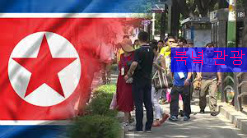

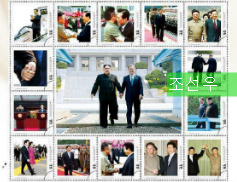
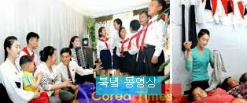

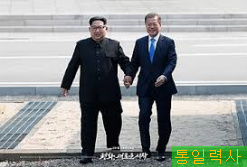










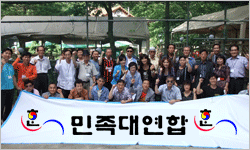

























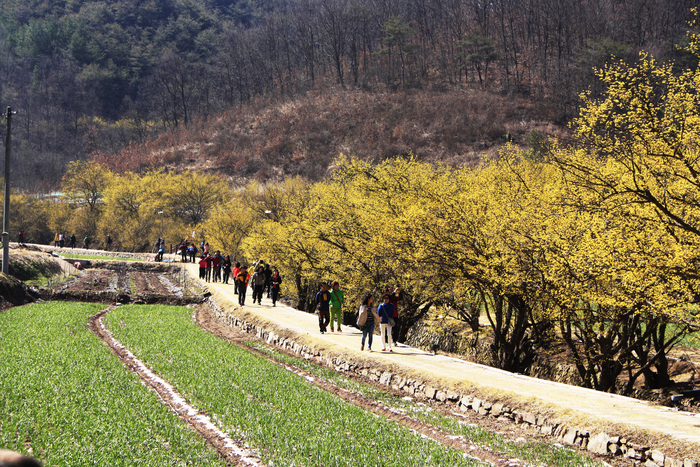


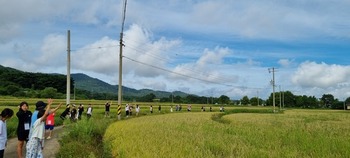


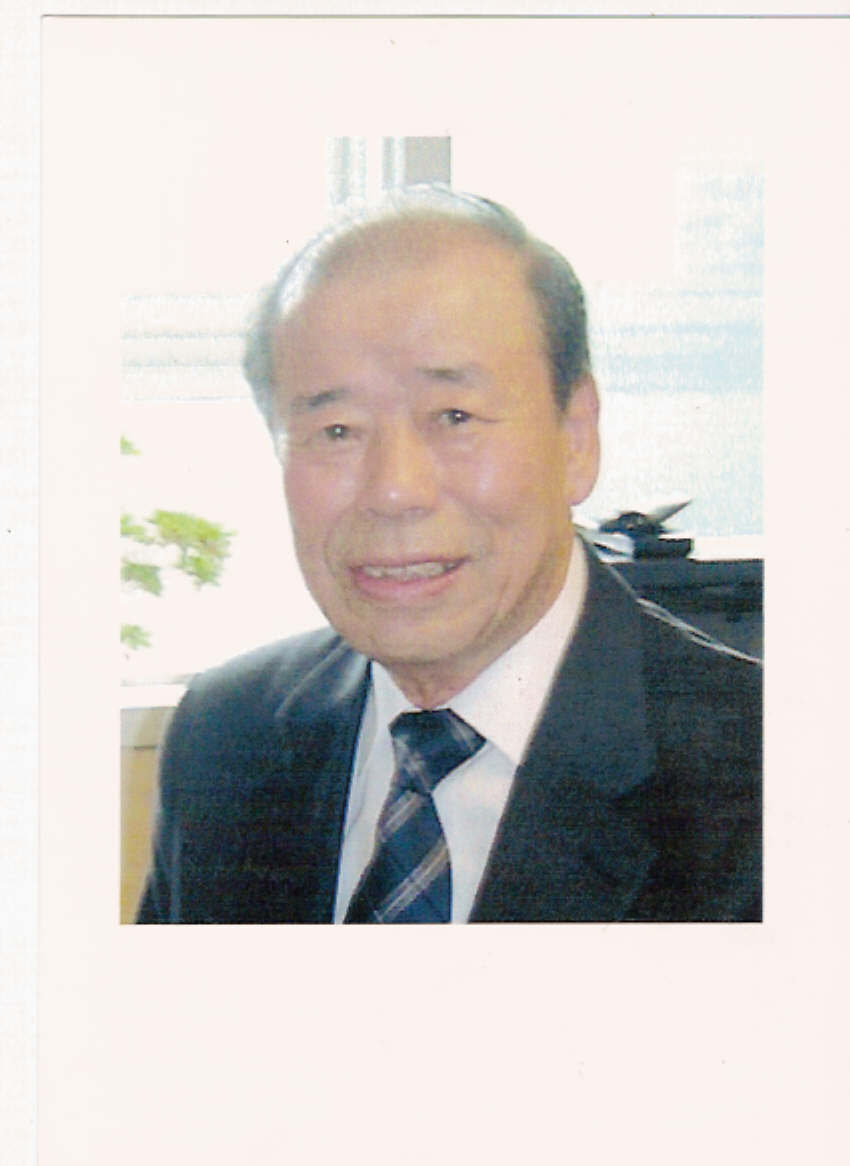



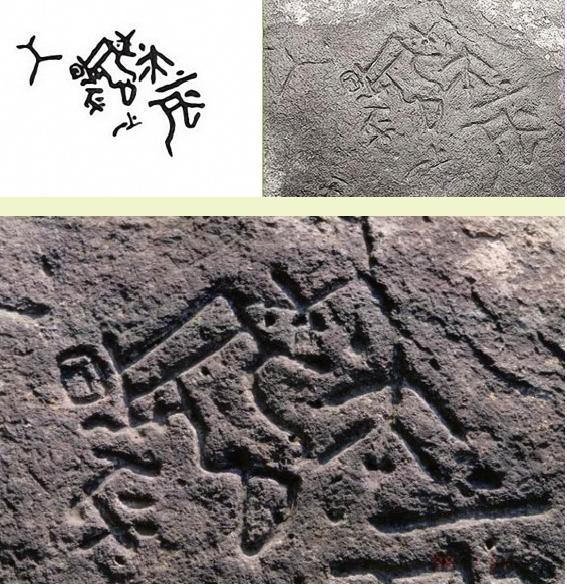
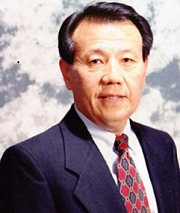

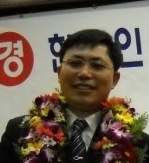
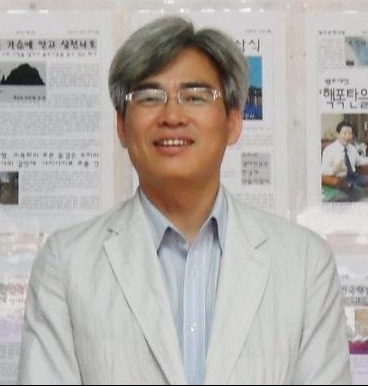
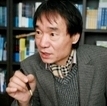
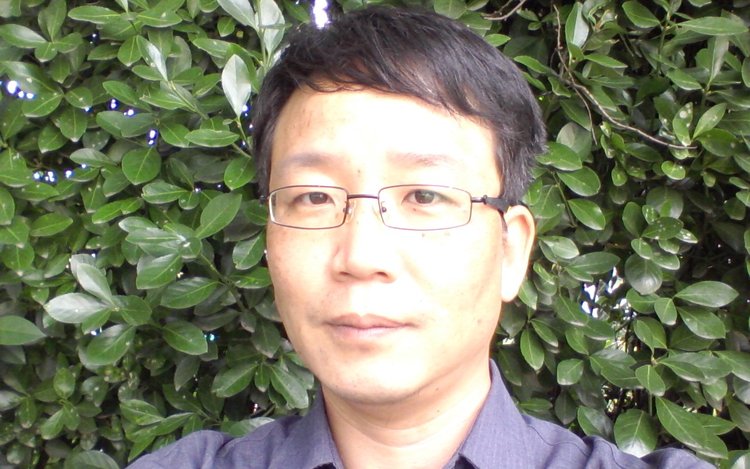
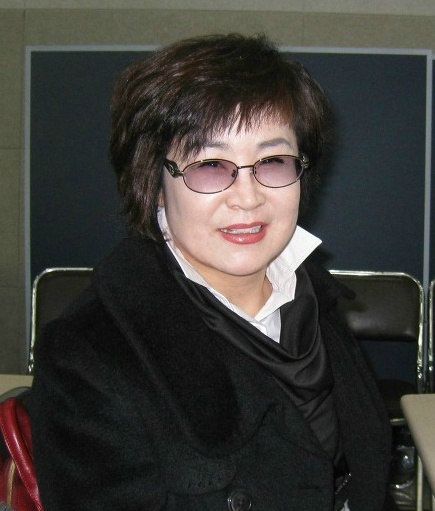

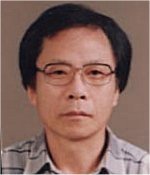
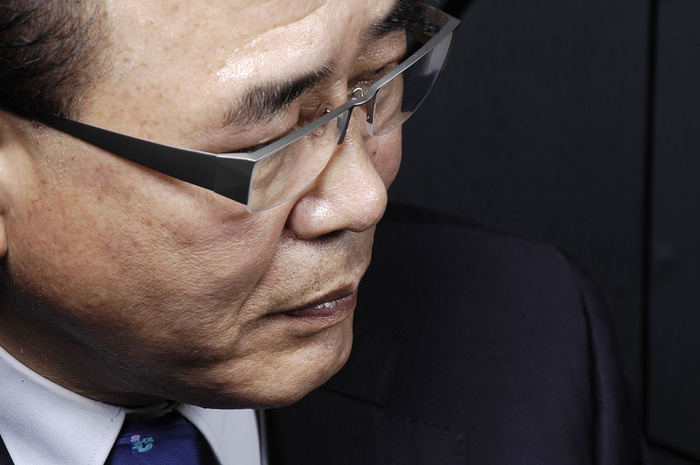


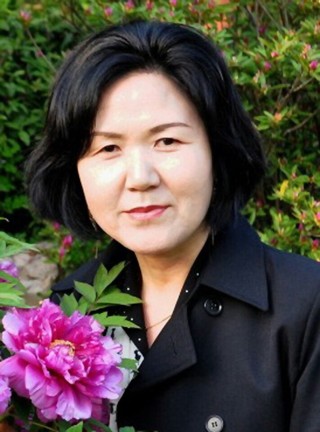
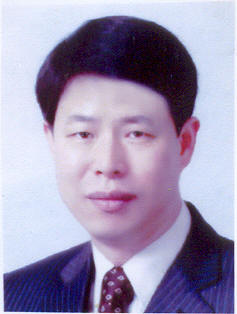

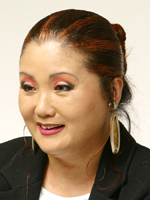


 '잊혀진 계절'누굴위해 존재하는가
'잊혀진 계절'누굴위해 존재하는가
